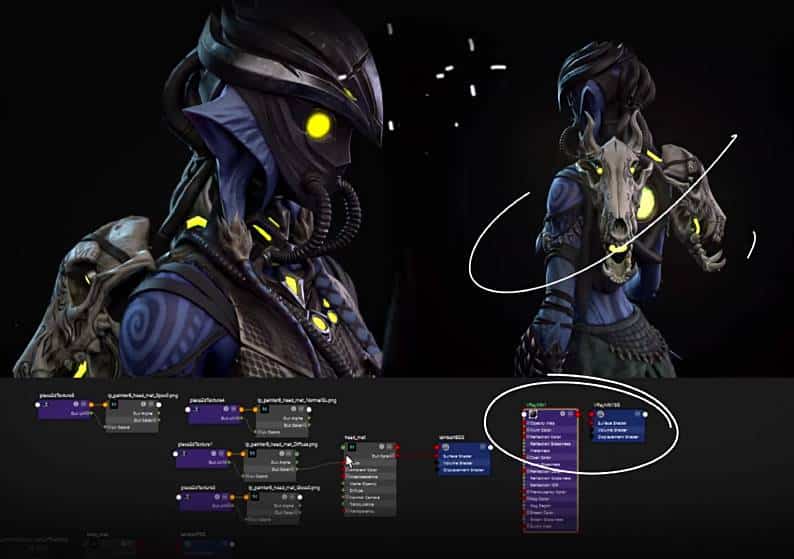words Al Woods
The video game industry has actually seen a remarkable surge in popularity, not just amongst hardcore players but also among casual gamers. As the need for interactive digital experiences grows, the significance of creating user-friendly video games can not be overemphasized. But what truly makes a game interesting and easy to use? While gameplay mechanics, storylines, and interactivity are significant, one essential factor typically ignored is computer game art and style.
In this comprehensive article, we delve into the crucial role video game art plays in enhancing the usability of video games. Discover more about Room8Studio, the video game art studio responsible for penning this insightful piece, by visiting their website.
Table of Contents
- The Visual Appeal
- UI/UX Style in Video Game Art
- The Effect On Game Accessibility
- Psychological Engagement Through Art Work
- Boosting Tutorials and Onboarding
- User-Centric Video Game Environments
- Case Studies
- Conclusion
1. The Aesthetic Appeal
Cohesiveness and Consistency
The aesthetic appeal isn’t simply about eye-candy; it sets the tone and state of mind of the game. Cohesive and constant video game art can provide players with visual hints, making it easier for them to browse and understand the video game’s environment.
Design and Theme
The art design ought to line up with the game’s style, whether it’s a whimsical cartoon world or a gritty post-apocalyptic landscape. This synergy includes a layer of immersion, making the game more welcoming and easy to use.
2. UI/UX Style in Video Game Art
Significance of Instinctive UI
A video game’s interface (UI) is a crucial aspect of video game art that straight impacts its use. An instinctive UI makes sure that gamers can quickly access vital functions and info.
Enhancing User Experience (UX)
The user experience (UX) is increased by well-designed artistic aspects like icons, menus, and in-game pop-ups, making the game more enjoyable and easy to use.
3. The Effect On Video Game Availability
Color Schemes and Contrast
Artistic choices in color pattern and contrast can affect the video game’s ease of access. For example, high contrast elements can help aesthetically impaired players, while color-blind modes can make a game more inclusive.
Signposting through Art
Efficient computer game art can also function as a signpost, directing players where to go or drawing attention to interactive elements, consequently aiding video game ease of access.
4. Emotional Engagement Through Artwork
Storytelling
Video game art plays a vital function in visual storytelling, enhancing the emotional effect of the narrative. The more emotionally invested a gamer is, the more user-friendly the game feels.
Character Style
Properly designed characters that resonate with gamers can make a video game more appealing and relatable, adding another dimension to user-friendliness.
5. Enhancing Tutorials and Onboarding
Visual Guides
Art work can make tutorials and onboarding experiences more absorbable. For example, illustrations or animations can streamline complicated game mechanics.
Quick Referral
In-game artistic elements like icons can serve as quick recommendation points for players, helping them remember how to carry out specific actions or where to discover specific items.
6. User-Centric Video Game Environments
Immersive Worlds
A properly designed video game environment not only attracts players however also help in navigation, ultimately contributing to an easy to use experience.
Ecological Hints
Video game art can provide environmental cues that assist players resolve puzzles, find secret areas, or avoid threat, making the video game more instinctive.
7. Case Researches
In this area, we can look at a few examples of video games that have actually wonderfully included computer game art to develop more easy to use experiences.
Conclusion
In the increasingly competitive world of gaming, making your video game user-friendly is important for long-term success. While elements like gameplay and story are considerable, video game art functions as the unsung hero in enhancing user engagement, accessibility, and total experience.
As we have actually explored, video game art plays a pivotal role in making video games more user-friendly, from UI/UX style and availability to emotional engagement and reliable onboarding. For that reason, when preparing your next game advancement project, don’t undervalue the power of art in elevating the user experience.







